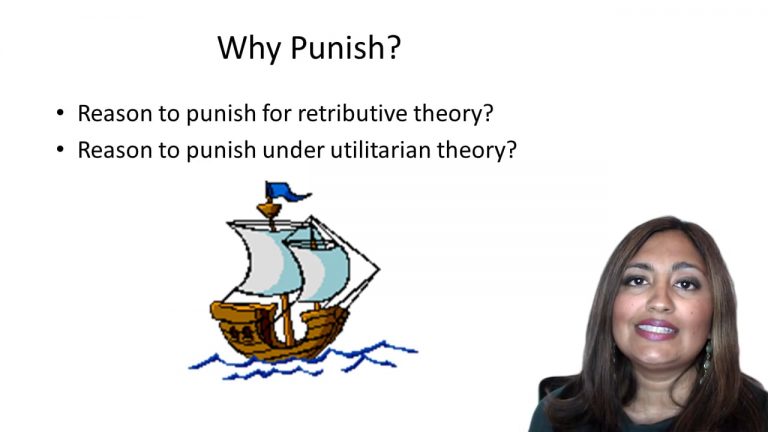SmartBrief
Confirm favorite deletion?
Criminal Law Keyed to Ohlin
McCleskey v. Kemp
Citation:
481 U.S. 279 (1987)
ProfessorScott Caron
CaseCast™ – "What you need to know"
Facts
McCleskey, a black man, was found guilty of several crimes following the robbery of a furniture store that resulted in a white police officer’s death. McCleskey was sentenced to death.
McCleskey appealed. He argued that the Georgia death sentencing process violates the Eighth and Fourteenth Amendments because it is administered in a racially discriminatory manner. A statistical study (“the Baldus study”) indicated that defendants charged with killing a white person received the death penalty in 11% of the cases, but defendants charged with killing a black person received the death penalty in only 1% of the cases. Additionally, one model of the study, after taking into account 39 nonracial variables, found that defendants charged with killing white victims were 4.3 times as likely to receive a death sentence as defendants charged with killing black victims. However, the District Court and the Court of Appeals for the Eleventh Circuit rejected McCleskey’s argument.
Only StudyBuddy Pro offers the complete Case Brief Anatomy*
Access the most important case brief elements for optimal case understanding.
*Case Brief Anatomy includes: Brief Prologue, Complete Case Brief, Brief Epilogue
- The Brief Prologue provides necessary case brief introductory information and includes:
Topic:
Identifies the topic of law and where this case fits within your course outline.Parties:
Identifies the cast of characters involved in the case.Procedural Posture & History:
Shares the case history with how lower courts have ruled on the matter.Case Key Terms, Acts, Doctrines, etc.:
A case specific Legal Term Dictionary.Case Doctrines, Acts, Statutes, Amendments and Treatises:
Identifies and Defines Legal Authority used in this case.
- The Case Brief is the complete case summarized and authored in the traditional Law School I.R.A.C. format. The Pro case brief includes:
Brief Facts:
A Synopsis of the Facts of the case.Rule of Law:
Identifies the Legal Principle the Court used in deciding the case.Facts:
What are the factual circumstances that gave rise to the civil or criminal case? What is the relationship of the Parties that are involved in the case.Issue(s):
Lists the Questions of Law that are raised by the Facts of the case.Holding:
Shares the Court's answer to the legal questions raised in the issue.Concurring / Dissenting Opinions:
Includes valuable concurring or dissenting opinions and their key points.Reasoning and Analysis:
Identifies the chain of argument(s) which led the judges to rule as they did.
- The Brief Prologue closes the case brief with important forward-looking discussion and includes:
Policy:
Identifies the Policy if any that has been established by the case.Court Direction:
Shares where the Court went from here for this case.
Topic Resources

 9m 29s
9m 29s